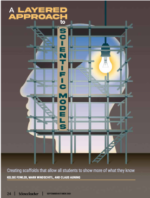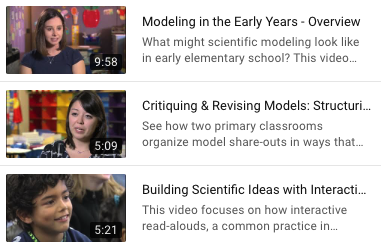If our main objective as a science teacher is to change students’ thinking over time, then we need to know what our students understand about the target science ideas in the first place. This set of practices—eliciting students’ ideas—is used at the beginning of a unit of instruction. This practice is designed to 1) reveal the range of resources that students use to reason about a set of science ideas (working theories, everyday experiences, language), 2) activate their prior knowledge about the topic, and 3) help you to adapt upcoming instruction, based on how students reason about the anchoring event. See Pathways page for exploring our resources.
![]() New to the website?
Let us help!
New to the website?
Let us help!
How are you using AST in the classroom?
Ambitious Teaching—An overview
In this video we illustrate what Ambitious Teaching looks like in classrooms ranging from high school to kindergarten. The practices were developed through collaborations between teachers and researchers, and they are continually evolving as we learn more about how they work with young learners. There are several themes that you’ll see in all examples, such as a focus on puzzling and complex phenomena, opportunities to make sense through talk, making thinking visible, attending to who is participating, using various forms of scaffolding and tools, and much more.
 This site is primarily funded by the National Science Foundation (NSF) through Award #1907471 and #1315995
This site is primarily funded by the National Science Foundation (NSF) through Award #1907471 and #1315995
 This site is primarily funded by the National Science Foundation (NSF) through Award #1907471 and #1315995
This site is primarily funded by the National Science Foundation (NSF) through Award #1907471 and #1315995






















